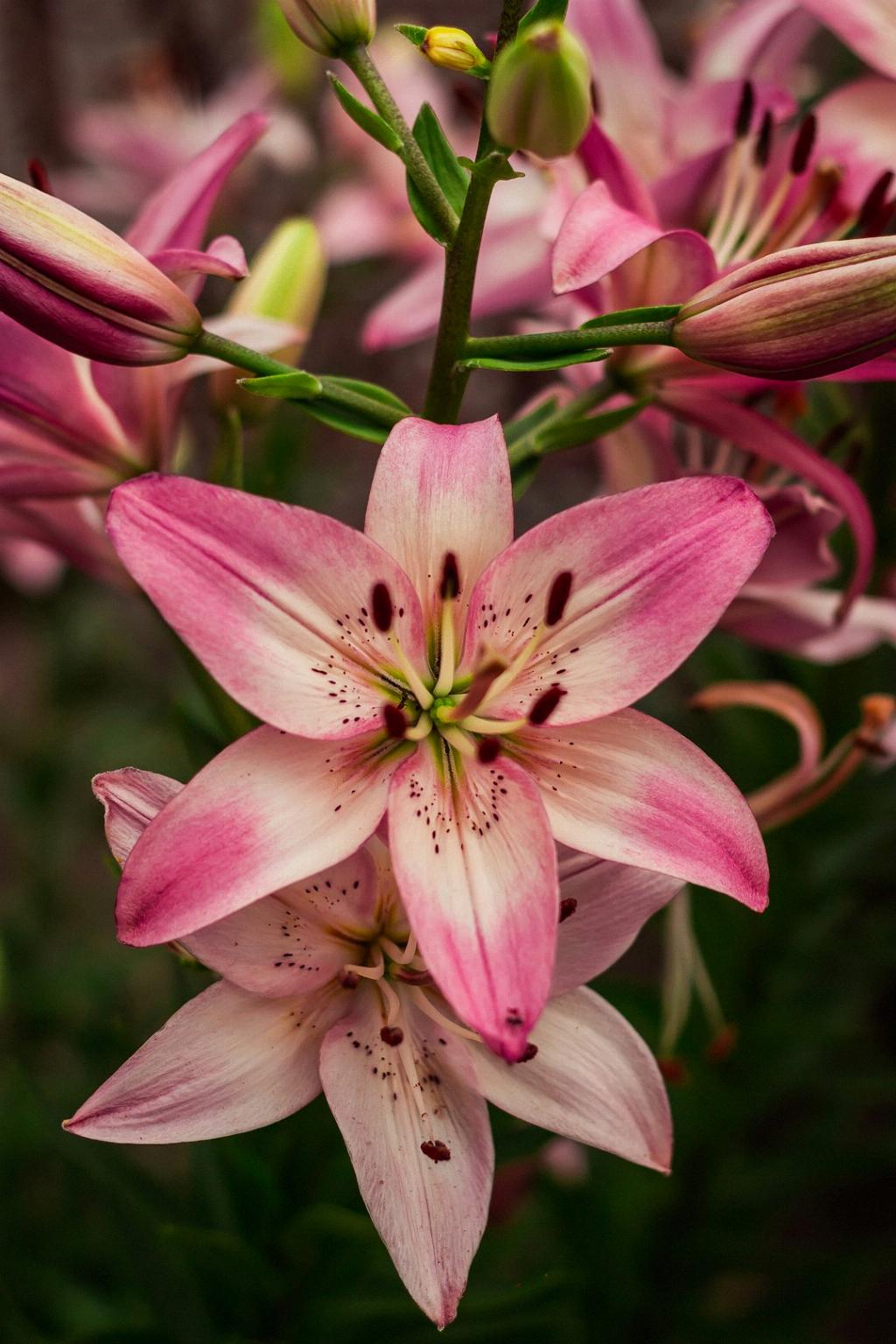Peace lilies, with their striking green leaves and beautiful white flowers, are a popular choice for indoor plant enthusiasts looking to add some elegance to their homes. These low-maintenance plants are known for their air-purifying qualities and easy care requirements, making them a great choice for beginners and experienced plant owners alike.
Lighting Needs
When it comes to growing a peace lily, it’s essential to provide the right lighting conditions. While peace lilies can tolerate various light levels, they prefer indirect light. Placing your plant in a spot where it can receive bright, filtered light without being exposed to direct sunlight is ideal for its growth and overall health.
Watering Routine
Proper watering is key to keeping your peace lily thriving. A good rule of thumb is to water your plant when the top inch of soil feels dry to the touch. Be cautious not to overwater, as peace lilies are susceptible to root rot. Keeping the soil consistently moist but not waterlogged is crucial for the plant’s well-being.
Temperature and Humidity
Peace lilies are adaptable to average room temperatures ranging from 65-80°F. They prefer slightly warmer temperatures but can tolerate cooler conditions. To create an optimal environment for your peace lily, aim to keep it in a room with a comfortable temperature where it’s not exposed to drafts or extreme temperature fluctuations.
Humid Environments
Creating a humid environment can benefit the growth of your peace lily. You can increase humidity levels by misting the plant’s leaves regularly or placing a tray of water near the plant. Many enjoy the steamy atmosphere of bathrooms and kitchens, making these areas ideal for peace lilies to thrive.
Container and Soil
When it comes to selecting a container for your peace lily, choose one with drainage holes to prevent waterlogging. Repotting your peace lily in the spring using high-quality houseplant compost can provide it with fresh nutrients and space for healthy root development, promoting vigorous growth.
Fertilization
To support the growth and blooming of your peace lily, fertilize it occasionally during the growing season with a balanced liquid fertilizer. However, be cautious not to over-fertilize, as this can lead to salt buildup in the soil and harm the plant. Following the recommended dosage on the fertilizer label is advised.
Pruning and Maintenance
Regular pruning and maintenance are essential to keep your peace lily looking its best. Remove any yellowing or faded leaves to promote new growth and prevent the spread of disease. Wiping the leaves with a damp cloth can also help remove dust and keep them looking vibrant.
Pest Control
While peace lilies are relatively resistant to pests, occasional pest problems can arise. Keep an eye out for common houseplant pests like spider mites or aphids and treat them promptly to prevent damage to your plant. Using natural remedies or insecticidal soap can help control these unwanted visitors.
Propagation
If you want to expand your peace lily collection or share the joy of growing these beautiful plants with others, propagation is an excellent option. Propagating peace lilies through division or root cuttings is a straightforward process that can help you create new plants to enjoy or give as gifts.
Conclusion
By following these care tips and guidelines, you can successfully grow a lush and vibrant peace lily in your home. Paying attention to its lighting, watering, temperature, and maintenance needs will ensure that your plant thrives and continues to bring beauty and freshness to your living space. With a little care and attention, your peace lily will reward you with its elegant foliage and delicate flowers for years to come.

